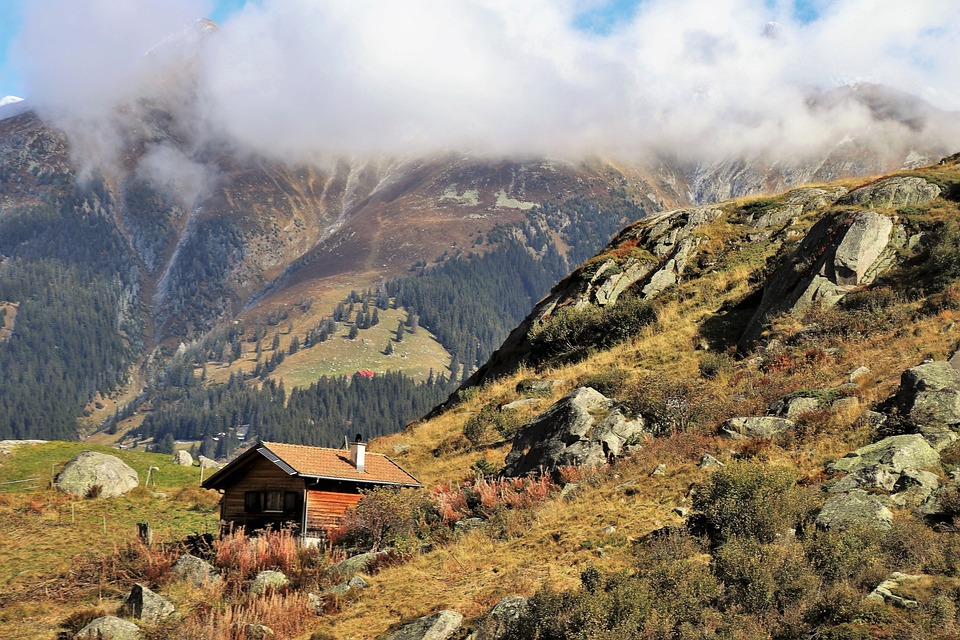Hidden Talents: The Statistics Behind Why Some Achievements Take 500 Years to be Acknowledged
From Leonardo da Vinci’s flying machine designs to Alan Turing’s codebreaking work, it’s astonishing to think that some groundbreaking discoveries and innovations took centuries to receive the recognition they deserved. But why does it take so long for some achievements to be acknowledged? In this article, we’ll delve into the statistics behind this phenomenon and explore the fascinating stories behind some of the most delayed recognitions in history.
The Numbers Behind the Delay
According to a study by the American Psychological Association, it takes an average of 20-30 years for a new scientific discovery to be widely accepted and integrated into mainstream knowledge. However, this delay can be much longer for some achievements. For instance:
- The discovery of gravitational waves, predicted by Einstein in 1915, wasn’t directly observed until 2015.
- The first successful heart transplant, performed by Dr. Christiaan Barnard in 1967, didn’t gain widespread acceptance until the 1980s.
- The concept of plate tectonics, proposed by Alfred Wegener in 1912, wasn’t widely accepted until the 1960s.
So, what’s behind this delay? According to experts, several factors contribute to the lag:
- Lack of evidence: Often, new discoveries require extensive data and experimentation to prove their validity. It can take years, even decades, for researchers to gather sufficient evidence to support their claims.
- Resistance to change: Established theories and practices can be slow to adapt to new ideas, especially if they challenge existing paradigms.
- Societal and cultural barriers: Societal and cultural attitudes can influence the pace of acceptance. For example, the concept of evolution was met with widespread skepticism and even hostility in the 19th century.
- Technological limitations: Advances in technology are often necessary to fully understand and replicate new discoveries. This can lead to a delay in recognition.
Fascinating Stories Behind Delayed Recognition
- The Wright Brothers: Orville and Wilbur Wright’s first powered flight in 1903 was met with skepticism and even ridicule. It took several years for their achievement to be widely recognized and celebrated.
- Rosalind Franklin: British biophysicist Rosalind Franklin’s X-ray crystallography work on DNA led to the discovery of the double helix structure, but her contributions were largely overlooked until recent years.
- Mary Seacole: Jamaican-Scottish nurse Mary Seacole’s work during the Crimean War was often overshadowed by Florence Nightingale’s, but her bravery and dedication to healing were finally recognized in the 1980s.
Image: "Delayed Recognition" – A visual representation of the journey from discovery to recognition, with images of pioneers like Leonardo da Vinci, Rosalind Franklin, and Mary Seacole.
FAQs
Q: Why do some achievements take so long to be recognized?
A: A combination of factors, including lack of evidence, resistance to change, societal and cultural barriers, and technological limitations, contribute to the delay.
Q: How long does it typically take for a new scientific discovery to be widely accepted?
A: According to the American Psychological Association, it takes an average of 20-30 years for a new scientific discovery to be widely accepted.
Q: Are there any examples of delayed recognition that have had a significant impact on our understanding of the world?
A: Yes, the discovery of gravitational waves, the concept of plate tectonics, and the work of pioneers like Leonardo da Vinci, Rosalind Franklin, and Mary Seacole are just a few examples of delayed recognition that have had a profound impact on our understanding of the world.
Q: What can be done to accelerate the recognition of new achievements?
A: Encouraging open communication, fostering a culture of collaboration, and providing resources for researchers to gather evidence and replicate discoveries can help speed up the recognition process.
As we continue to uncover new knowledge and push the boundaries of human understanding, it’s essential to acknowledge the often-long journey from discovery to recognition. By exploring the statistics behind delayed recognition, we can gain a deeper appreciation for the pioneers who have paved the way for our understanding of the world.



